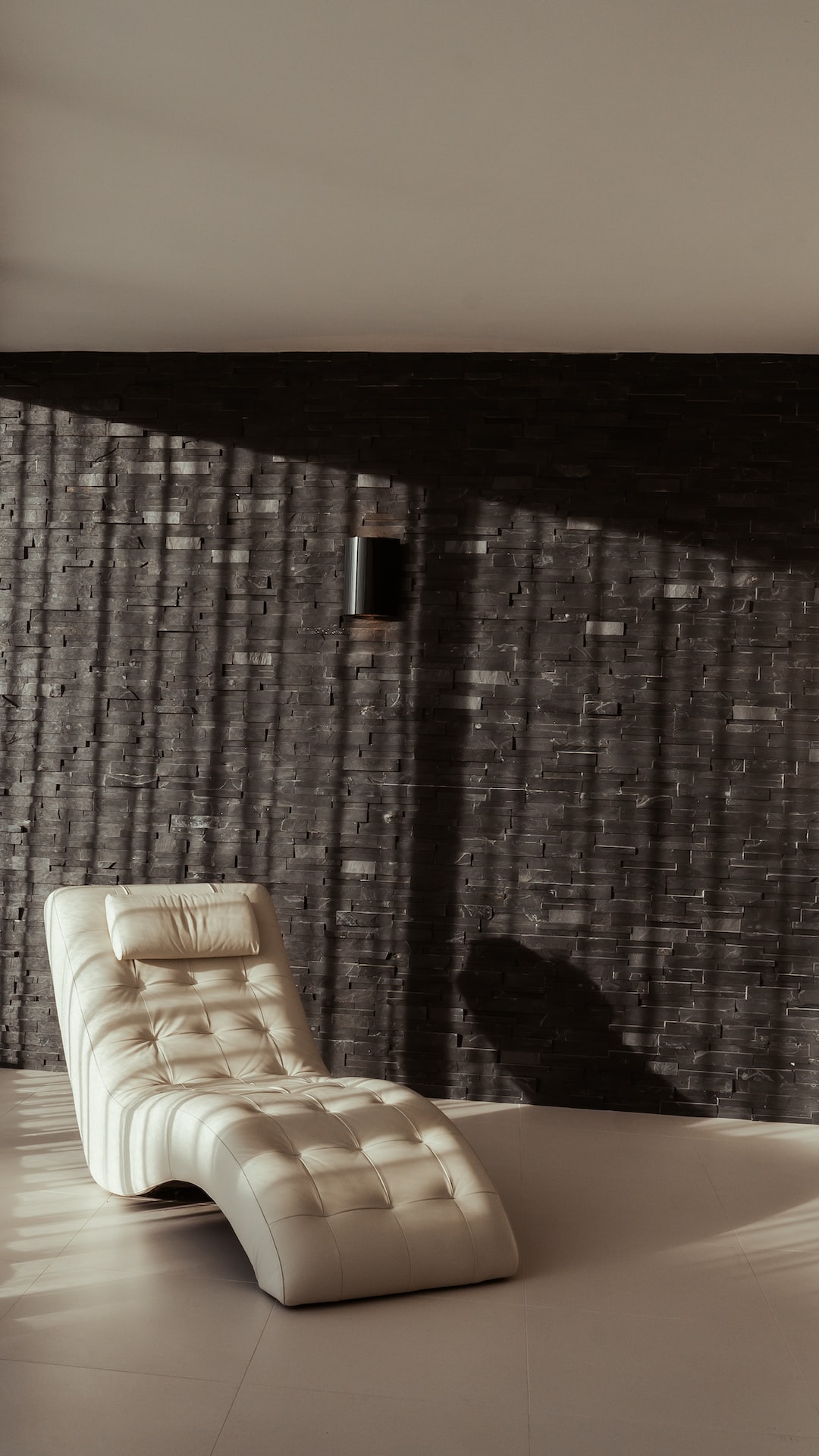Tips for Choosing Kid-Friendly Furniture: Durability, Safety, and Design
When it comes to choosing furniture for kids, there are several factors that need to be taken into consideration. From durability to safety and design, finding the perfect pieces for your child’s room can be a daunting task. Here are some tips to keep in mind when selecting kid-friendly furniture:
1. Durability:
Kids are notorious for their rough and rowdy nature, making durability an essential factor when choosing furniture for them. Opt for materials such as solid wood or metal, as these are known for their resilience and ability to withstand wear and tear. Avoid fragile materials like glass or delicate fabrics that are prone to damage. Additionally, look for furniture with reinforced corners and joints, as they are more likely to withstand rough play.
2. Safety:
When it comes to kids, safety is of paramount importance. Make sure that the furniture you choose meets safety standards and does not have any sharp edges or exposed screws. Check for certifications like ASTM (American Society for Testing and Materials) to ensure that the product has undergone rigorous testing. Additionally, ensure that the furniture is free from toxic chemicals or lead-based paint. Look for labels such as “GREENGUARD certified” which guarantees low chemical emissions.
3. Design:
While durability and safety are crucial, design is equally important to create a kid-friendly and appealing space. Involve your child in the decision-making process and consider their preferences and interests. Opt for furniture that reflects their personality or features their favorite colors. Choosing furniture with playful and imaginative designs can encourage creativity and make their room a fun space.
4. Functional and Versatile:
Kids grow quickly, and their needs change over time. When selecting furniture, opt for pieces that are versatile and adaptable to different stages of their growth. Look for items like convertible cribs that can be transformed into toddler beds and later into full-sized beds. Similarly, choose dressers and shelves that can be easily reconfigured as their storage needs evolve. Investing in furniture that can adapt to their changing needs not only saves money but also ensures longevity.
5. Easy to Clean:
Kids are notorious for making messes, so it’s important to choose furniture that is easy to clean. Look for materials like leather, vinyl, or microfiber that can be wiped clean effortlessly. Avoid furniture with intricate upholstery or fabric that may require frequent professional cleaning. Opting for stain-resistant and water-resistant fabrics can help prevent long-term damage and make maintenance a breeze.
6. Adequate Storage:
Kids tend to accumulate toys, books, and various other items, so having sufficient storage space is crucial. Choose furniture pieces that provide ample storage options like drawers, shelves, or built-in toy boxes. Having a clutter-free space not only helps with organization but also reduces the risk of accidents and tripping hazards.
7. Consider Space Constraints:
Take into account the size and layout of the room when choosing furniture. Opt for space-saving solutions like bunk beds or loft beds that utilize vertical space without sacrificing functionality. Consider furniture with built-in storage or multi-functional pieces like a desk with drawers or a bed with an attached bookshelf. By carefully planning the furniture layout, you can maximize the available space and create a more functional and aesthetically pleasing room.
8. Quality Over Price:
While it may be tempting to choose budget-friendly options, compromising on quality may result in frequent repairs or replacements. Investing in high-quality furniture may seem expensive initially, but it ultimately pays off in terms of durability and longevity. Quality furniture is more likely to withstand the wear and tear that comes with kids, ensuring that you don’t have to replace it frequently.
In conclusion, choosing kid-friendly furniture involves considering durability, safety, and design. From carefully selecting materials to ensuring compliance with safety standards, every aspect plays a crucial role in creating a functional and safe space for your child. By keeping these tips in mind and involving your child in the decision-making process, you can create a room that is not only appealing but also meets their needs as they grow.

